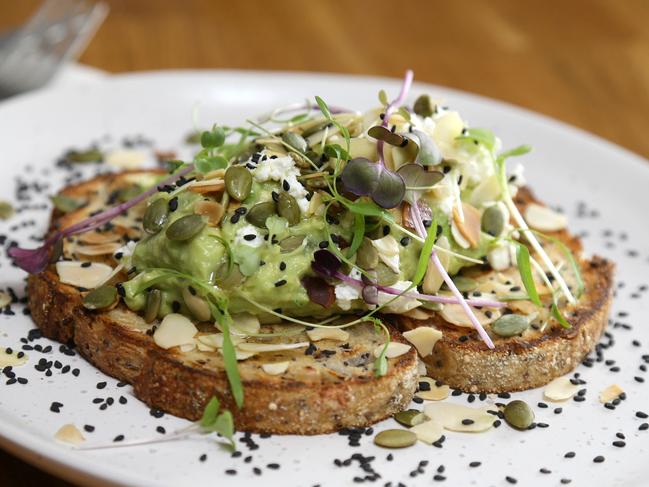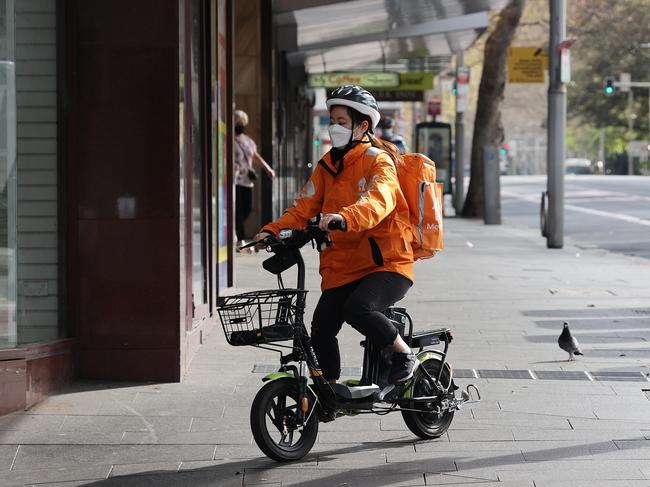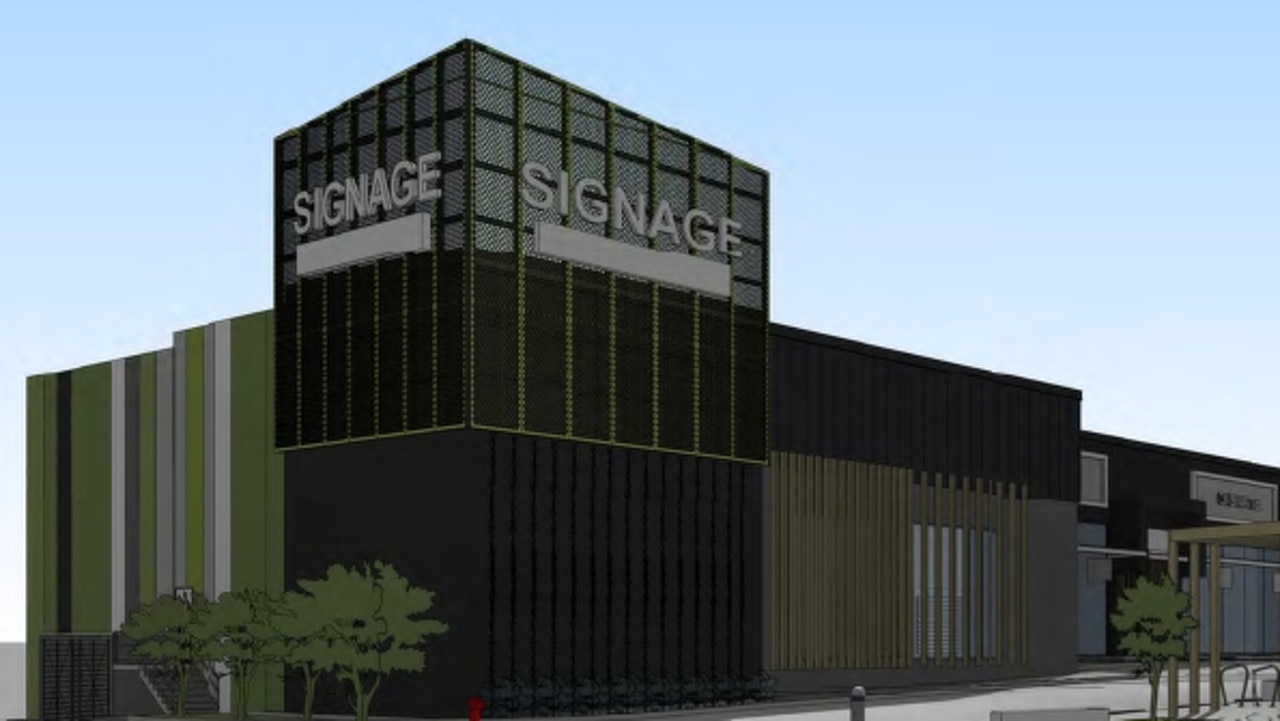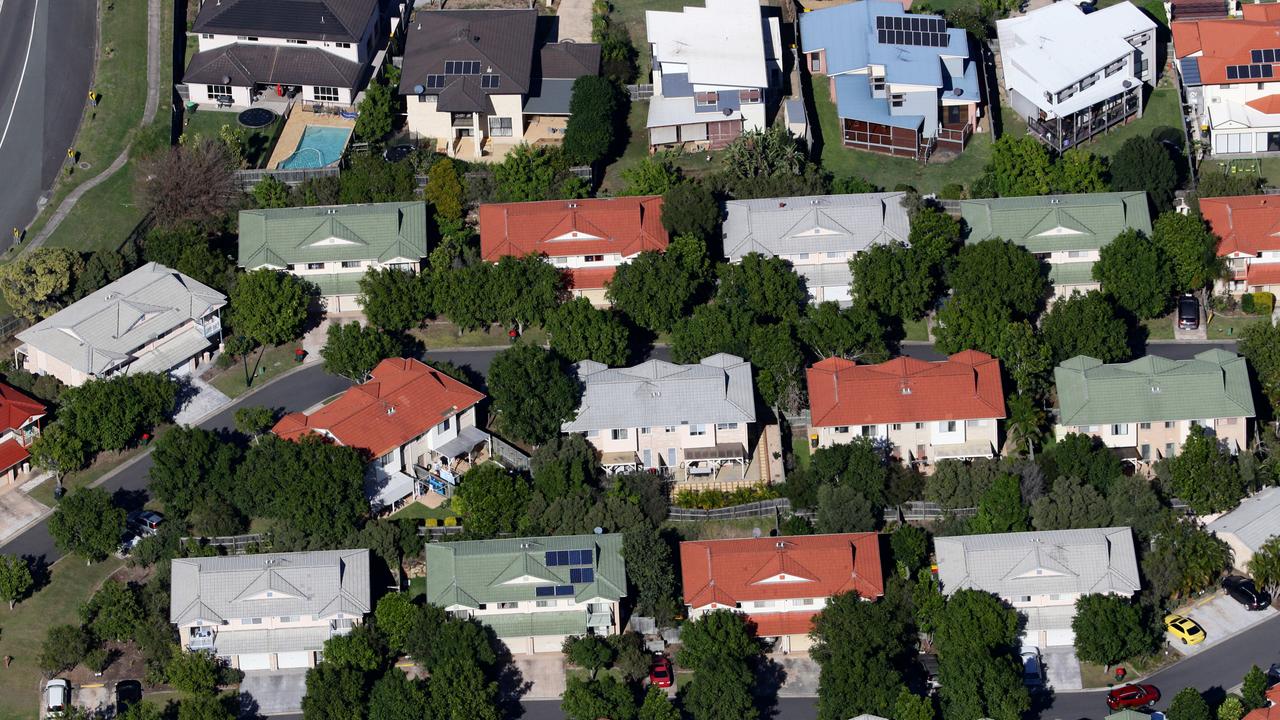Baby boomer hero’s real estate warning rings true
A simple smashed avo warning triggered WWIII between Aussie Baby Boomers and almost everyone else a few years ago. The problem is, the message is as crucial now as it ever was then.
Property
Don't miss out on the headlines from Property. Followed categories will be added to My News.
OPINION
If you want a chance to afford a house, the first thing you need to do is start eating smashed avocado.
What? That’s not what the Boomers have been saying all these years. That’s because unlike most things in our inflationary environment, the price of avocados has actually been hurtling downwards.
See, back when smashed avocado was at the height of its popularity, famously called out by Bernard Salt in a column in The Australian for being, at $22 a pop, a key reason millennials couldn’t afford a home, farmers aimed to meet the demand by planting more.
This, in combination with ideal growing conditions and the closure of many cafes during Covid, has led to a massive excess in the supply of the once-upper middle class fruit of choice. In the last 12 months, passers-by have been known to happen upon tonnes of avocados dumped by roadsides in parts of Far North Queensland. These piles of green gems would have been a veritable treasure trove of value a few years earlier, but now, they are soooo yesterday’s breakfast.

You can barely give them away, but supermarkets are coming close by selling them for $1 each or less.
Forget the $22 breakfast (yes they will still cost you a motza at the cafe), you could get yourself a loaf of bread, a kilo of avos, smash them yourself against your kitchen wall and have breakfast for $1 per day (two slices of toast and half an avo).
But would this really get you a house? Of course not.
If you were in the habit of eating $22 avocado breakfasts at cafes three days a week as Mr Salt suggested and replaced that with $1 avo on toast at home, that would mean you saved $63 a week. You’d be better off by $3276 a year.
A 20 per cent deposit on a median priced Sydney house of $1.35 million is $270,000.
Your new-found breakfast savings plan could get you that deposit in just 82 years! Of course, if house prices followed their loose guide of doubling in value every 10 years, the Sydney median house by then (the year 2105) will be about $345 million. So you’ll still need to come up with an extra $68.73 million.

THE GREAT AUSTRALIAN SCREAM
The outlook is bleak for the great Australian dream.
The recent PropTrack Housing Affordability Index revealed it has never been less affordable to buy a home in Australia. Nor has it ever been less affordable to rent one. And things are getting worse with rates and rents both still rising. And it appears many younger Aussies have tapped out and are instead choosing to enjoy their life where able to.
But they don’t need to give up on their entire future because they can’t buy a house. There are simple changes that can be made which will make a big difference to future wealth and the ability to continue a decent lifestyle later in life.
The Finder Consumer Sentiment Tracker, a recent survey of 5186 Australians, found the average Aussie was spending $189 a week shopping online. The biggest spenders were the youngest, with Gen Z spending $253 a week and Gen Y spending $245. Gen Z were also spending $60 a week on food delivery or takeaway and Gen Y $55.
This sort of discretionary spending can actually make a difference.
Saving $300 a week would translate to $15,600 a year. Add the $3276, plus sacrifice the odd coffee (now at about $6 a pop) and suddenly you’re $20,000 better off a year.
This money can be invested into high interest savings accounts, shares, or you could look at an investment property with a positive rental return.
I bought a two-bedroom unit in Perth for $210,000 earlier this year. It rents for $450 a week so pays for itself. This required an upfront sum of $50,000. That’s still a lot of money, but it’s in reach for anyone who can spend $300 a week on online shopping and food delivery services such as Uber Eats.
BOOMER POSTER BOY DOES HAVE A POINT
Bernard Salt’s smashed avocado piece made him the ultimate poster-Boomer in some eyes, and you don’t need to be young to realise just how challenging it is to buy property these days, but he had a point.
People are spending much more frivolously than they used to.
Yes, houses were cheaper relative to income back in the old days, even though interest rates were much higher. Yes, rentals were much easier to find and cheaper. Yes, jobs were plentiful.
But people also ate at home 99.9 per cent of the time. And packed their lunch for work. Their holidays were often a road trip to a caravan park with soggy sandwiches and rapidly browning fruit consumed at the halfway mark.

Their appliances didn’t break down 17 seconds after their warranties expired. They didn’t have devices or streaming services, they simply entertained themselves by pushing a hoop with a stick. And they saved on fuel by walking 16 miles in the snow to get to school or work.
Cliches aside, the Australian mindset was saving, scrimping and creating wealth to get ahead. People still remembered the brutal years of the World Wars and the Great Depression. They delayed short term gratification to benefit in the long run.
This mindset, like available rental property, now seems in record low supply.
So, as everything else rises in price, may you enjoy some cheap avocados, because they won’t be cheap forever. But whatever you do, don’t eat grapes. Currently at $20 a bag, they will set you back another 82 years before you can buy a home.
More Coverage
Read related topics:Cost Of Living





